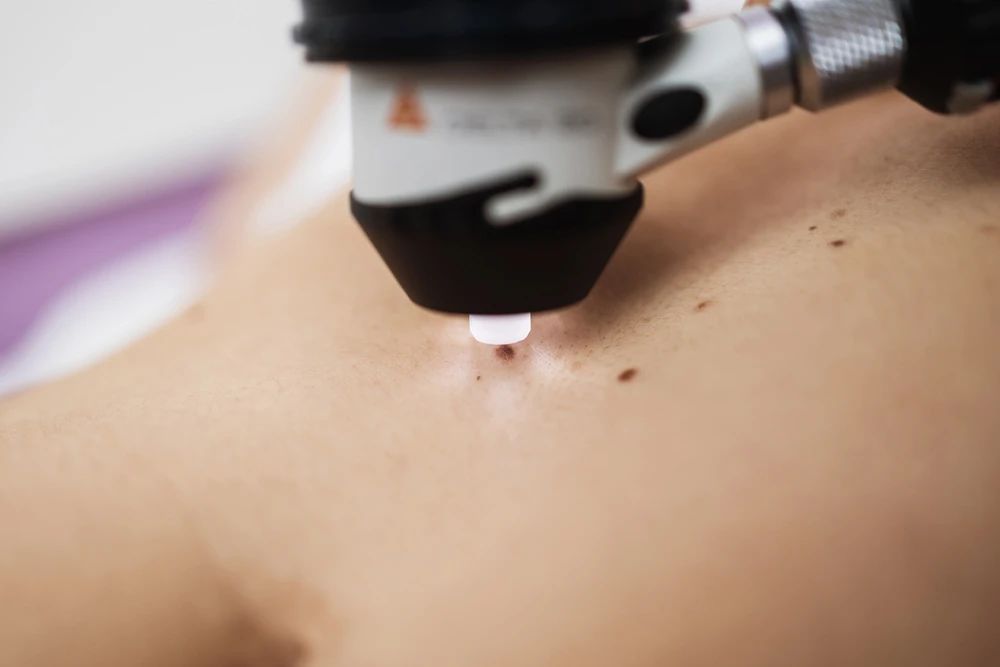5 Common Injuries in Women Runners
2021-02-24

Women are more prone to certain sports injuries than men,
particularly when it comes to knee and lower leg problems.
Scientific literature suggests women get more running
injuries than men, due to various factors regarding the structure and mechanics
of women’s bodies.
Dr. David Jiang, Orthopedic Surgeon at ParkwayHealth,
explains the most common injuries women runners suffer, and how to avoid them.
Patellofemoral pain syndrome (PFPS)
This condition is characterized by pain beneath the kneecap
(patella). It is caused by the contact of the back of the kneecap with the
thigh bone. Women runners, in particular, have been shown to have weaker hip
abductors and external rotator muscles that contribute to poor kneecap tracking
and PFPS.
How to avoid injury: PFPS can be prevented with hip and
quadriceps strengthening exercises (lying down sideways and lifting leg away
from midline, straight-leg raise exercise, and side-lying clamshell exercise).
Icing after runs and using traditional or flexible athletic
tapes on either side of the kneecap is also beneficial.
Stress fractures
A seemingly innocuous activity like running can result in
stress fractures, as its repetitive loading can surpass the strength of even
normal bones. Stress fractures are more common in high-intensity female runners
and those with high arched feet or tight calf muscles.
How to avoid injury: Constant and localized pain in the
lower leg or foot should alert a runner to the possibility of a stress
fracture.
Consult an orthopedic foot surgeon if in doubt. It is
important to avoid running until the fracture has healed, support the injured
foot with an orthotic (insole, wedge or heel cup) and wear supportive shoes.
Repeated stress fractures may be the result of a hormonal abnormality (female
athletes’ triad) and warrant further investigations via blood tests and/or an
MRI scan.
Iliotibial band syndrome (ITB syndrome)
The IT band is a strong band of tissue that extends sideways
from the hip to the knee. It helps to support the knee and leg when the foot
first hits the ground while moving about.
ITB syndrome has been associated with running on uneven
surfaces, poor footwear and sharp turns.
There is scientific evidence linking poor hip abductor and
external rotator muscle strength with ITB syndrome in female runners.
How to avoid injury: Treating ITB syndrome requires changing
your ‘running pattern’ and strengthening the hip abductors (glutes) and
external rotators (lying sideways on the ground and raising the leg away from
the midline, standing erect and crossing one leg in front of the other, hiking
the hip)
Icing the IT band and massaging the IT band with a roller bar after stretches also helps.
Medial tibial stress syndrome or ‘shin splints’
Typically resulting in pain across the inside of the shin,
this condition is classically associated with runners, with women having a
slightly higher prevalence than men.
Less experienced runners are more prone. New scientific
evidence now explains this condition to be due to repeated stress across the
front of the tibia which gradually resolves as the bone thickens once the
beginner runner gets more used to running.
How to avoid injury: Avoid running once the pain develops as
persevering can result in stress syndromes / fractures. Build up a running
routine and pace gradually, allowing the bone and muscles to condition
itself.
Strengthening the calf and shin muscles helps reduce the
impact on the bone as you run and helps reduce the risk of shin splints. There
is weak evidence to suggest supportive shoes or running on a soft surface is
truly protective.
Plantar fasciitis
This condition irks most runners due to its prevalence and
stubborn nature.
It typically causes pain in the bottom of the heel, worse
with the first step out of bed in the morning and can often persist for months
or years before resolving.
Plantar fasciitis is more in those with flat feet, those who
are overweight and those who have had the condition before. It is caused by
degeneration of the foot’s arch-supporting band of tissue.
How to avoid injury: Avoid running for a short period. Use
customized heel cups in shoes. Stretching exercises are critical when treating
plantar fasciitis, in particular calf stretches and plantar fascia stretches
(flex the big toe up to accentuate the arch of your foot).
Stretching should be done at regular intervals during the
day and it is best to do them just before standing up when seated for prolonged
periods or before getting out of bed.
Supportive shoes with an in-built arch and the use of night
splints, even temporarily, are useful. If the condition persists, shockwave
therapy or key-hole surgery is recommended to release the tight plantar fascia.
Article reviewed by Dr. David Jiang, Orthopedic Surgeon at
ParkwayHealth

Copyright: Health Plus an online health and wellness web
resource developed by Parkway Singapore https://www.parkwayshenton.com/healthplus/article/5-common-injuries-in-women-runners





























